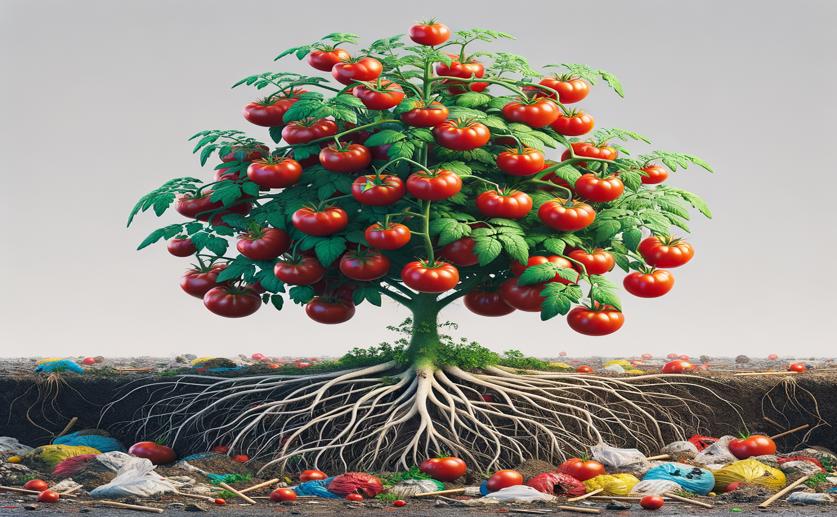
Sewage Sludge Increases Antibiotic Resistance Genes in Tomato Plants
Jenn Hoskins
11th June, 2024

Image Source: Natural Science News, 2024
Key Findings
- The study by the Chinese Academy of Sciences examined the xylem microbiome of tomatoes treated with sewage sludge
- Xylem microbes are less diverse but more metabolically active than those in the soil
- The xylem contains significantly higher levels of antibiotic resistance genes (ARGs) compared to the soil, especially after sewage sludge treatment
AgricultureGeneticsPlant Science
References
Main Study
1) Sewage Sludge Promotes the Accumulation of Antibiotic Resistance Genes in Tomato Xylem.
Published 10th June, 2024
https://doi.org/10.1021/acs.est.4c02497
Related Studies
2) Review of antibiotic resistance in China and its environment.
3) Antibiotic resistance-the need for global solutions.
4) A highly conserved core bacterial microbiota with nitrogen-fixation capacity inhabits the xylem sap in maize plants.
5) Pathogen Adaptation to the Xylem Environment.



 5th June, 2024 | Jim Crocker
5th June, 2024 | Jim Crocker